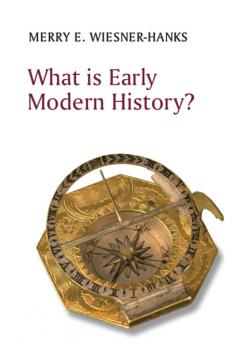John Wiley & Sons Limited
Все книги издательства John Wiley & Sons LimitedProblem Spaces
In this innovative book, Celia Lury argues that the time has come for us to explore the world not only with new methods, but with a new approach to methodology itself. Fundamental changes are taking place in how we produce knowledge, how we communicate it and, indeed, what we consider to be knowledge. These changes demand innovative and creative responses to research questions. <br /><br />Lury's rethinking of the nature of social inquiry starts by reconceptualizing the 'problem space'. Problems are not static or a 'given'; rather, they are created and continually recomposed as part of the methodological process itself. Following the line of thought that methods are practices that articulate as much as capture a social problem, Lury further develops the notion of compositional methodology to think through its implications. With remarkable fluency, the book draws into conversation a range of hot-button issues, both longstanding and novel, from observation, reflexivity, recursive measurement and feminist methodologies, to participation, context, datafication and platformization. <br /><br />Always with an eye to the methodological potential of new trends, the book provides a strong challenge to much received wisdom and argues that a combination of techniques can contribute to better understanding of the problem spaces we all inhabit.
Nitroalkanes
Aimed at synthetic organic chemists in academia and industry, the book summarizes recent developments in the preparation of nitroalkanes, their functionalization, and application for the synthesis of important heterocycles, natural products, and bioactive compounds.
What is Early Modern History?
What is Early Modern History? offers a concise guide to investigations of the era from the fifteenth to eighteenth centuries and an entry-point to larger questions about how we divide and organize the past and how the discipline of history has evolved. Merry Wiesner-Hanks showcases the new research and innovative methods that have altered our understanding of this fascinating period. She examines various subfields and approaches in early modern history, and the marks of modernity that scholars have highlighted in these, from individualism to the Little Ice Age. Moving beyond Europe, she surveys the growth of the Atlantic World and global history, exploring key topics such as the Columbian Exchange, the slave trade, cultural interactions and blending, and the environment. She also considers popular and public representations of the early modern period, which are often how students – and others – first become curious. Elegantly written and passionately argued, What is Early Modern History? provides an essential invitation to the field for both students and scholars.
A History of Ancient Egypt
Explore the entire history of the ancient Egyptian state from 3000 B.C. to 400 A.D. with this authoritative volume The newly revised Second Edition of A History of Ancient Egypt delivers an up-to-date survey of ancient Egypt's history from its origins to the Roman Empire's banning of hieroglyphics in the fourth century A.D. The book covers developments in all aspects of Egypt's history and their historical sources, considering the social and economic life and the rich culture of ancient Egypt. Freshly updated to take into account recent discoveries, the book makes the latest scholarship accessible to a wide audience, including introductory undergraduate students. A History of Ancient Egypt outlines major political and cultural events and places Egypt's history within its regional context and detailing interactions with western Asia and Africa. Each period of history receives equal attention and a discussion of the problems scholars face in its study. The book offers a foundation for all students interested in Egyptian culture by providing coverage of topics like: A thorough introduction to the formation of the Egyptian state between the years of 3400 B.C. and 2686 B.C. An exploration of the end of the Old Kingdom and First Intermediate period, from 2345 B.C. to 2055 B.C. An analysis of the Second Intermediate Period and the Hyksos between 1700 B.C. and 1550 B.C. A discussion of Greek and Roman Egypt between 332 B.C. and A.D. 395. Perfect for students of introductory courses in ancient Egyptian history and as background material for students of courses in Egyptian art, archaeology, and culture, A History of Ancient Egypt will also earn a place in the libraries of students taking surveys of the ancient world and those seeking a companion volume to A History of the Ancient Near East .









